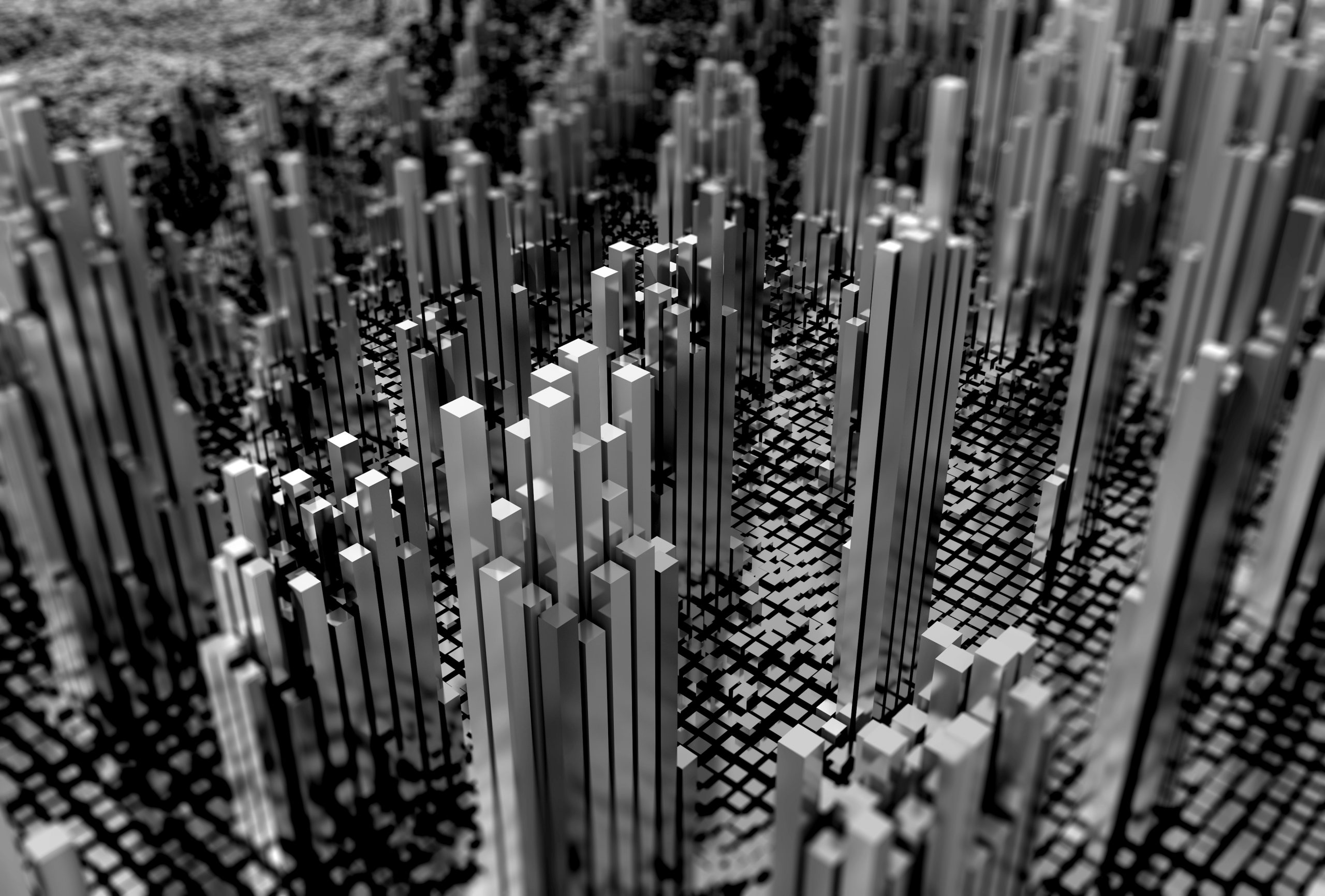As the construction industry continues to evolve, so does the demand for innovative structural materials. These materials are not only selected for their strength and durability but also for their sustainability, aesthetic value, and ability to meet modern architectural needs. Here are some of the key trends in structural materials that are shaping the future of building design:
1. Sustainable and Eco-Friendly Materials
With growing concerns about the environment, sustainable materials have become a top priority in construction. These materials reduce the carbon footprint of buildings and often include recycled or renewable resources. Examples include:
- Recycled Steel: Strong and sustainable, recycled steel is used in structural elements like beams and columns.
- Bamboo: Known for its rapid growth and strength, bamboo is increasingly used for flooring, beams, and finishes in eco-friendly buildings.
- Hempcrete: A lightweight, insulating material made from hemp, offering an environmentally friendly alternative to traditional concrete.
2. High-Performance Concrete
Concrete remains one of the most widely used materials in construction, but advances in its composition are improving its performance. High-performance concrete includes enhanced durability and strength, which allows it to resist environmental wear and tear better than traditional concrete. Innovations in concrete mixes, such as self-healing concrete and concrete with reduced carbon content, are paving the way for more sustainable structures.
3. Cross-Laminated Timber (CLT)
Cross-laminated timber (CLT) is an innovative material that has gained popularity due to its strength, sustainability, and aesthetic appeal. Made from layers of wood glued together in perpendicular directions, CLT is a highly durable and lightweight alternative to concrete and steel. It’s also a renewable material, making it an ideal choice for eco-conscious builders.
4. Smart Materials
Smart materials are gaining traction in the building industry due to their ability to respond to environmental changes. These materials can adapt to their surroundings, offering improved energy efficiency, safety, and functionality. For instance:
- Thermochromic Glass: This type of glass changes its color based on temperature, helping regulate the temperature inside buildings.
- Shape-Memory Alloys: Used in structural components, these materials can return to their original shape after being deformed, enhancing resilience.
5. 3D-Printed Materials
3D printing technology is revolutionizing the construction industry by enabling the creation of complex, customized structural components. With 3D printing, materials like concrete, metal, and plastic can be printed on-site, reducing construction waste and time. It also allows for more intricate designs and the possibility of creating structures with unique forms that traditional methods cannot achieve.
6. Advanced Steel Alloys
New steel alloys, which are stronger and lighter than traditional steel, are becoming popular in modern construction. These advanced materials help reduce the weight of structures without compromising their strength. They are particularly useful in high-rise buildings, bridges, and other large infrastructure projects where both strength and weight savings are critical.
Conclusion
As the construction industry continues to innovate, these key trends in structural materials are shaping the future of modern buildings. By focusing on sustainability, performance, and advanced technology, these materials are not only improving the quality and longevity of buildings but also contributing to a more environmentally responsible approach to construction.



